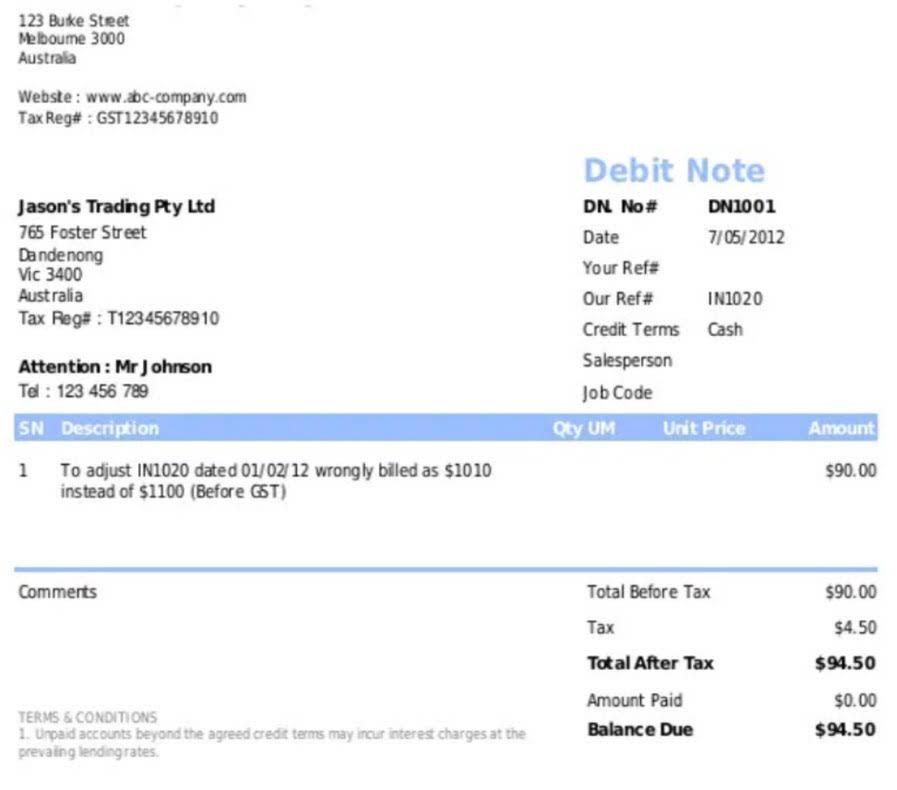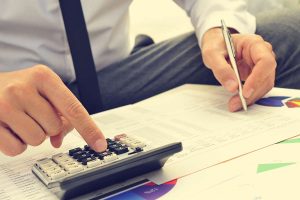Accumulated Depreciation: Meaning, Formula, and Practical Example

The amount of a long-term asset’s cost that has been allocated to Depreciation Expense since the time that the asset was acquired. Accumulated Depreciation is a long-term contra asset account (an asset account with a credit balance) that is reported on the balance sheet under the heading Property, Plant, and Equipment. Using the right depreciation method ensures you get the most value from your assets. Accelerated methods like double declining balance or sum-of-the-years’-digits let you claim larger deductions early, reducing your tax liability and freeing up cash for reinvestment. The straight-line method spreads costs evenly, making financial planning Bookkeeping for Veterinarians easier.

Is accumulated depreciation a debit or credit?
Accounting for depreciation requires an ongoing series of entries to charge a fixed asset to expense, and eventually to derecognize it. While there are many items on the balance sheet (all are important), one item you need to track on your balance sheet is accumulated depreciation. Accumulated depreciation can be calculated using the straight-line method or an accelerated method. The amount directly reduces the net worth of the company’s assets and can therefore influence equipment decisions about whether to invest in asset maintenance, upgrade, or replacement. Some companies may list depreciation for plant, machinery, and equipment separately under the value of each item instead of a cumulative figure used in the above example. Just upload your form 16, claim your deductions and get your acknowledgment number online.
- This approach is used when significant parts of an asset have varying depreciation rates.
- Therefore, you should always consult with accounting and tax professionals for assistance with your specific circumstances.
- The asset’s cost minus its estimated salvage value is known as the asset’s depreciable cost.
- The book value of an asset is the amount of cost in its asset account less the accumulated depreciation applicable to the asset.
- The straight-line depreciation method is the easiest and most commonly used way to calculate depreciation.
What happens when assets are revalued?
- In this case, you may be able to find more details about the book value of the company’s assets and accumulated depreciation in the financial statement disclosures.
- Assets have economic value that benefit the company over multiple accounting periods.
- Or it may be subdivided into separate entries for each type of fixed asset.
- When inventory items are acquired or produced at varying costs, the company will need to make an assumption on how to flow the changing costs.
- Accumulated depreciation is typically shown in the Fixed Assets or Property, Plant & Equipment section of the balance sheet, as it is a contra-asset account of the company’s fixed assets.
- For example, when Microsoft invests $80 billion in AI infrastructure, it will deduct portions of those purchases each year, lowering its corporate tax bill.
Accumulated amortization and accumulated unearned revenue depletion work in the same way as accumulated depreciation; they are all contra-asset accounts. The naming convention is just different depending on the nature of the asset. For tangible assets such as property or plant and equipment, it is referred to as depreciation. After the 5-year period, if the company were to sell the asset, the account would need to be zeroed out because the asset is not relevant to the company anymore.

How does depreciation influence asset management?
- For example, if you buy equipment for $50,000 with a five-year useful life, the straight-line rate would be 20% per year.
- At the end of year two, Leo would record another $2,000 of expense bringing the accumulated total to $4,000.
- In addition, it provides a depreciation schedule as well as the opportunity to share your calculations on social media.
- Once you calculate the depreciation expense for each year, add the years’ depreciation expense together until you get to the point at which you want to calculate accumulated depreciation.
- Once the useful life of the equipment is over, Waggy Tails can salvage $10,000.
Under the accrual basis of accounting, revenues are recorded at the time of delivering the service or the merchandise, even if cash is not received at the time of delivery. In other words, the depreciation on the manufacturing facilities and equipment will be attached to the products manufactured. When the goods are in inventory, some of the depreciation is part of the cost of the goods reported as the asset inventory. When the goods are sold, some of the depreciation will move from the asset inventory to the cost of goods sold that is reported on the manufacturer’s income statement. After an asset’s depreciation is recorded up to the date the asset is sold, the asset’s book value is compared to the amount received. For example, if an old delivery truck is sold and its cost was $80,000 and its accumulated depreciation at the date of the sale is $72,000, the truck’s book value at the date of the sale is $8,000.

Accumulated depreciation isn’t usually listed separately on the balance sheet where long-term assets are shown at their carrying value net of accumulated depreciation. This accumulated depreciation meaning information isn’t available so it can be difficult to analyze the amount of accumulated depreciation attached to a company’s assets. It’s listed as an expense so it should be used whenever an item is calculated for year-end tax purposes or to determine the validity of the item for liquidation purposes. Watch this short video to quickly understand the main concepts covered in this guide, including what accumulated depreciation is and how depreciation expenses are calculated.
- Implement our API within your platform to provide your clients with accounting services.
- Accumulated depreciation refers to the cumulative depreciation expense recorded for an asset since its acquisition.
- The intent behind doing so is to approximately match the revenue or other benefits generated by the asset to its cost over its useful life (known as the matching principle).
- The various methods used to calculate depreciation include straight line, declining balance, sum-of-the-years’ digits, and units of production, as explained below.
- The purpose of stating accumulated depreciation on the principle balance sheet is to help the readers understand the original cost of an asset and how much of it has been written off.
- So, if a machine helps make products for five years, its cost should be spread across those five years rather than hitting the books all at once.

My Accounting Course is a world-class educational resource developed by experts to simplify accounting, finance, & investment analysis topics, so students and professionals can learn and propel their careers. For example, a printing press producing 1 million pages over its lifetime would allocate depreciation based on the number of pages printed annually. Learners are advised to conduct additional research to ensure that courses and other credentials pursued meet their personal, professional, and financial goals. It will have a book value of $100,000 at the end of its useful life in 10 years. She holds a Bachelor of Science in Finance degree from Bridgewater State University and helps develop content strategies.
